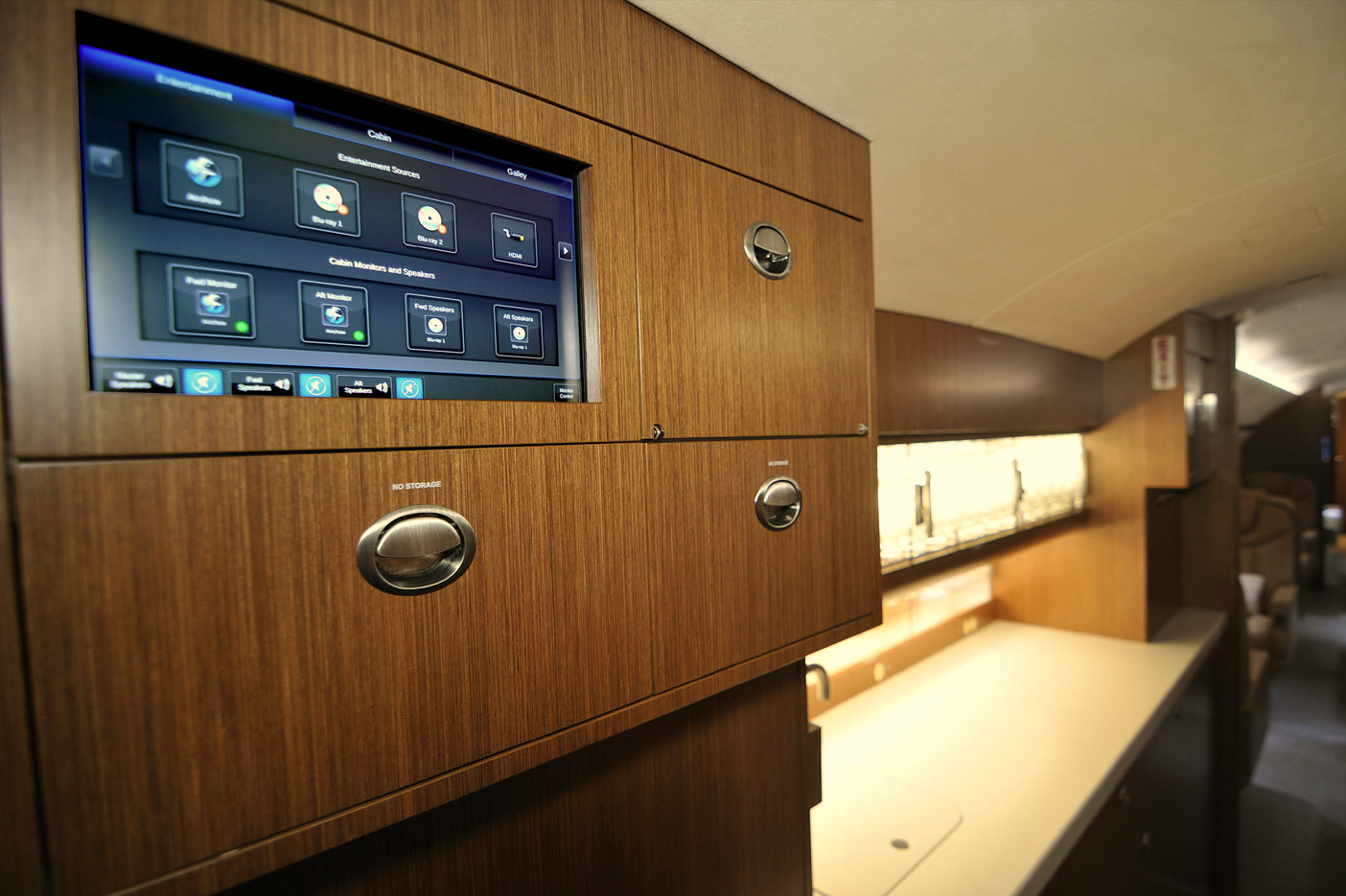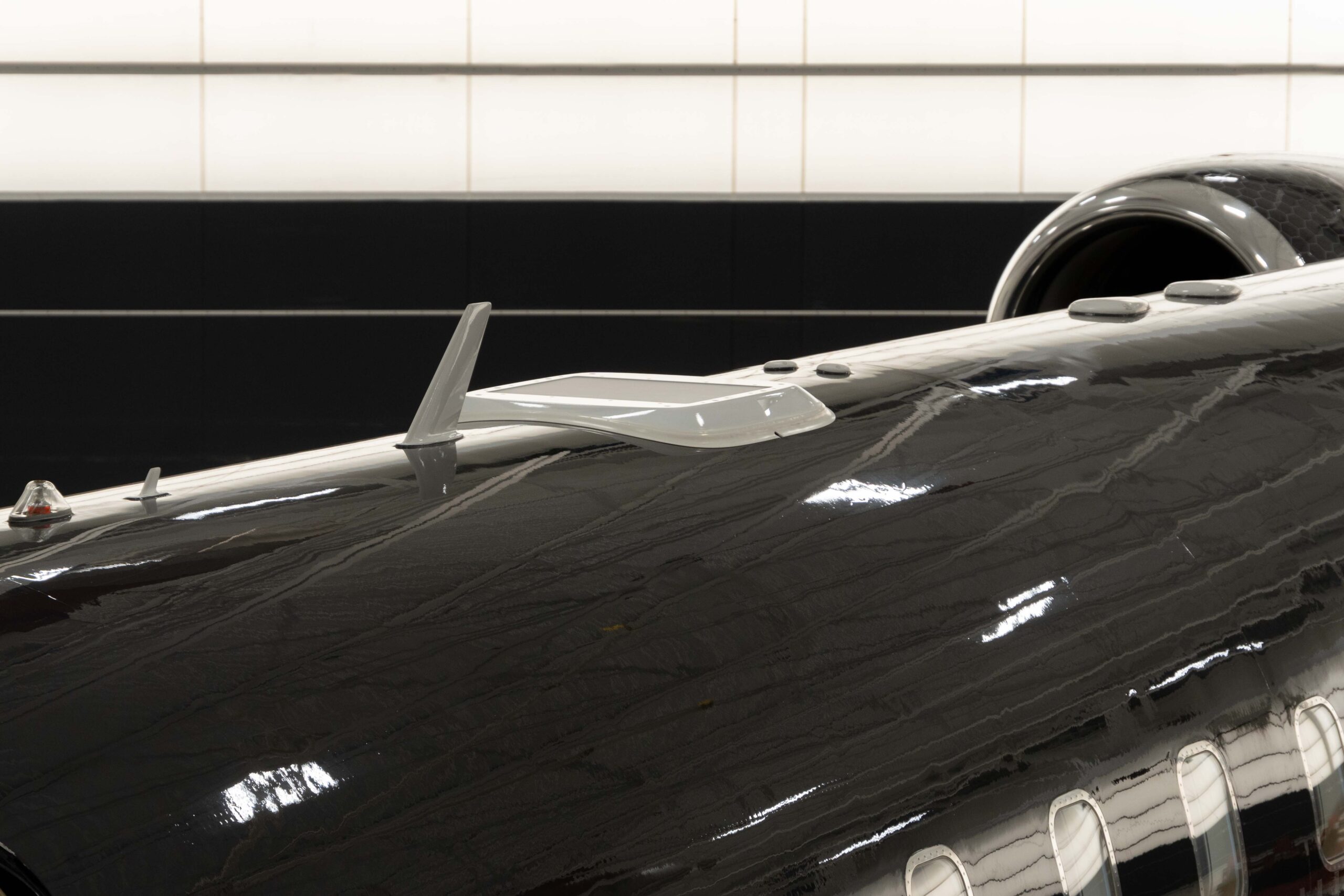Takeaways from Gogo’s Acquisition of Satcom Direct

At the very tail end of September, the world of business aviation “In-Flight Connectivity” (IFC) received some pretty groundbreaking and exciting news. It was announced that Gogo Inc. would be acquiring Satcom Direct for $375 million, as well as 5 million shares of Gogo stock. According to the Gogo Aviation press release dated September 30th, the goal of this merger is to “create the only in-flight connectivity provider able to satisfy the performance and cost needs of every segment of the global business aviation (BA) and military/government mobility markets”. In the wake of this news, there has been some confusion about how well-suited these companies are to compete with Starlink, which seems to be the clear motivator of this acquisition. Many people in business aviation simply view the two as competitors in the IFC space. I disagree with those sentiments.
Pro Star has been a proud dealer of both Gogo and Satcom Direct since the origins of their respective companies. Through our long-lasting connection, we have been able to witness both companies grow and basically write the book on IFC for business, commercial and military aviation. This perspective has allowed me to understand these companies’ business models on a fundamental level. As a result of this relationship, I do not see Gogo and Satcom Direct as direct competitors. In fact, when you really break down what each company has to offer, the two are actually quite well suited for a merger. While it is true that the two share some overlapping interests in the field, they both have completely different business plans. While Satcom Direct has many lines of business, they are most known for being a VAR (value added reseller) in the geosynchronous satellite field. Their company utilizes and resells connectivity solutions using a variety of GEO satellites on a worldwide level. With this type of business model, Satcom Direct does not actually own what they are selling.
This contrasts with Gogo’s vertically integrated line of business in air to ground connectivity, which strictly does business in North America. This means that Gogo maintains ownership over every aspect of their operation. The overlap starts with the addition of the OneWeb LEO internet satellite constellation, which is comparable to Starlink. This was launched in March of 2023, with the collaboration of Gogo’s and Satcom Direct’s business partner OneWeb, which was actually the first company to fully complete their own LEO constellation network. Even though the geosynchronous satellites still remain the primary IFC “pipe” for international flying, they can certainly be less appealing in terms of speed and latency than the new LEO technology.
This is one reason amongst many where Gogo’s acquisition of Satcom Direct offers a huge benefit to both companies. It also opens the door for them to really compete against Starlink’s strong name recognition in the connectivity sphere. Additionally, this acquisition is beneficial for the future of Gogo’s global footprint. While Gogo may be vertically integrated, the scope of their business has been limited. Satcom Direct’s international business model and connections can greatly benefit Gogo. Simultaneously, Gogo’s vertical integration and dominance in the medium to light aircraft connectivity market can be of great use to Satcom Direct. From this angle, the merger is a perfect fit.
Gogo CEO and Chairman Oakleigh Thorne expressed a similar sentiment in Gogo Air’s announcement of the acquisition, saying: “This transaction accelerates our growth strategies of expanding our total addressable market to include the 14,000 business aircraft outside North America, and delivering solutions that meet the needs of every segment of the BA market”. Again, this demonstrates the great benefits that these two companies can offer one another, especially in the interest of competing with Starlink. In fact, there are some areas in which this acquisition might put Gogo and Satcom Direct ahead of Starlink. Next month, we will look more closely at this, as well as diving further into the benefits that this merger can bring to not just Gogo and Satcom Direct, but to business aviation as a whole.



